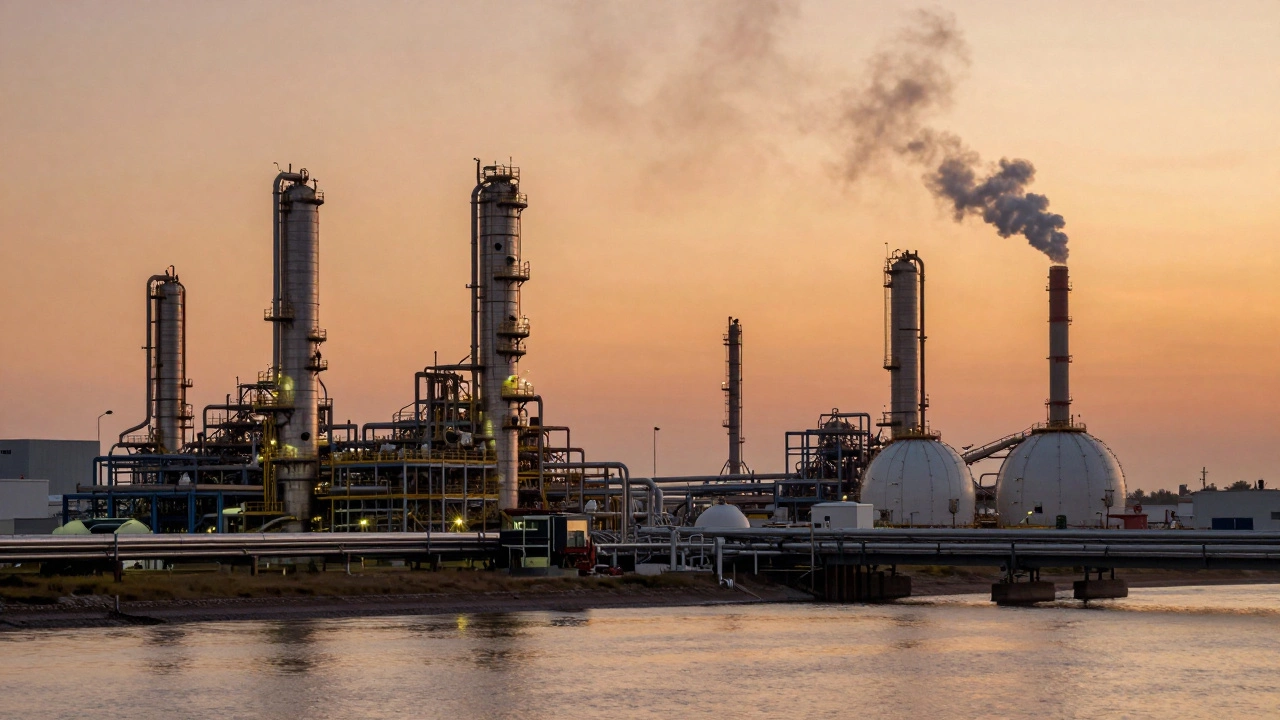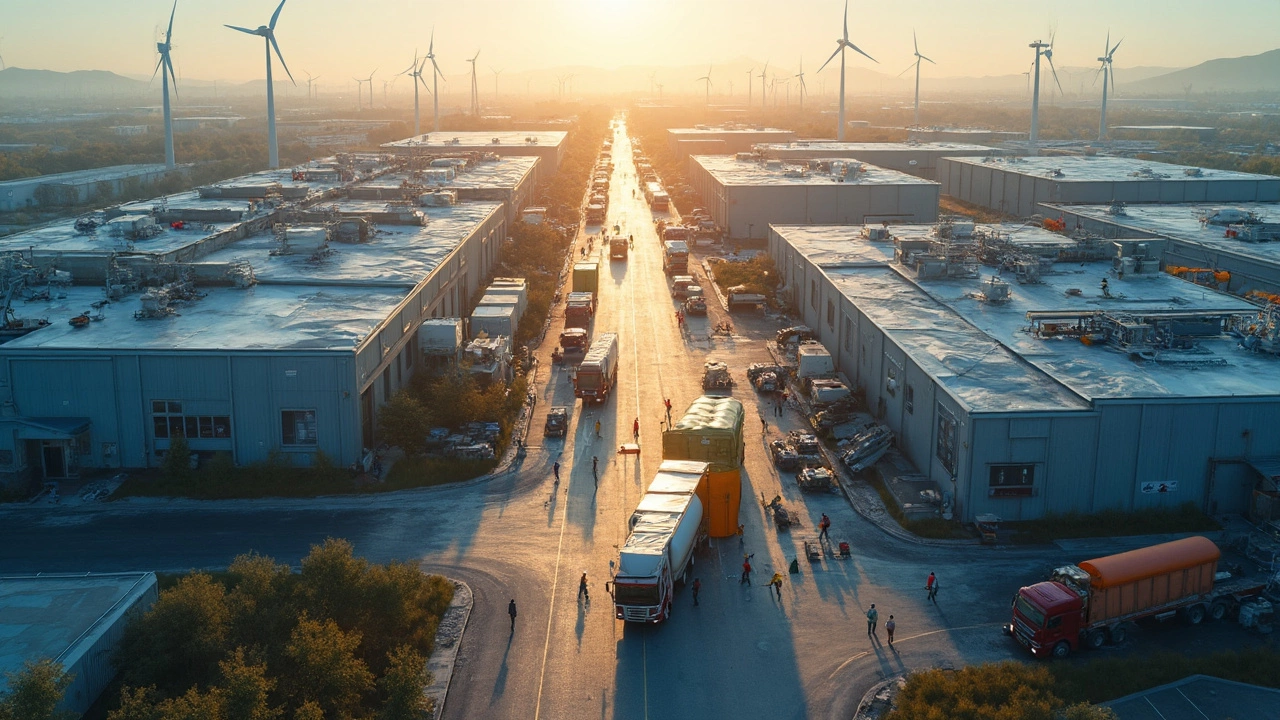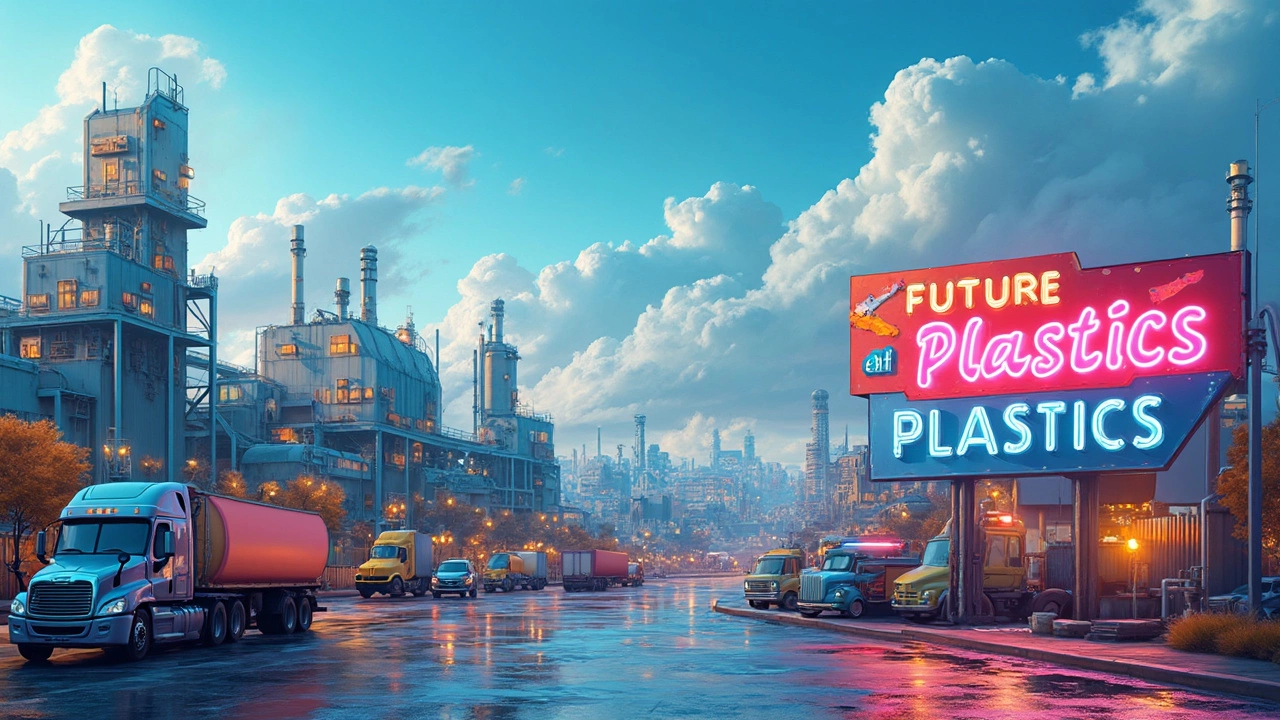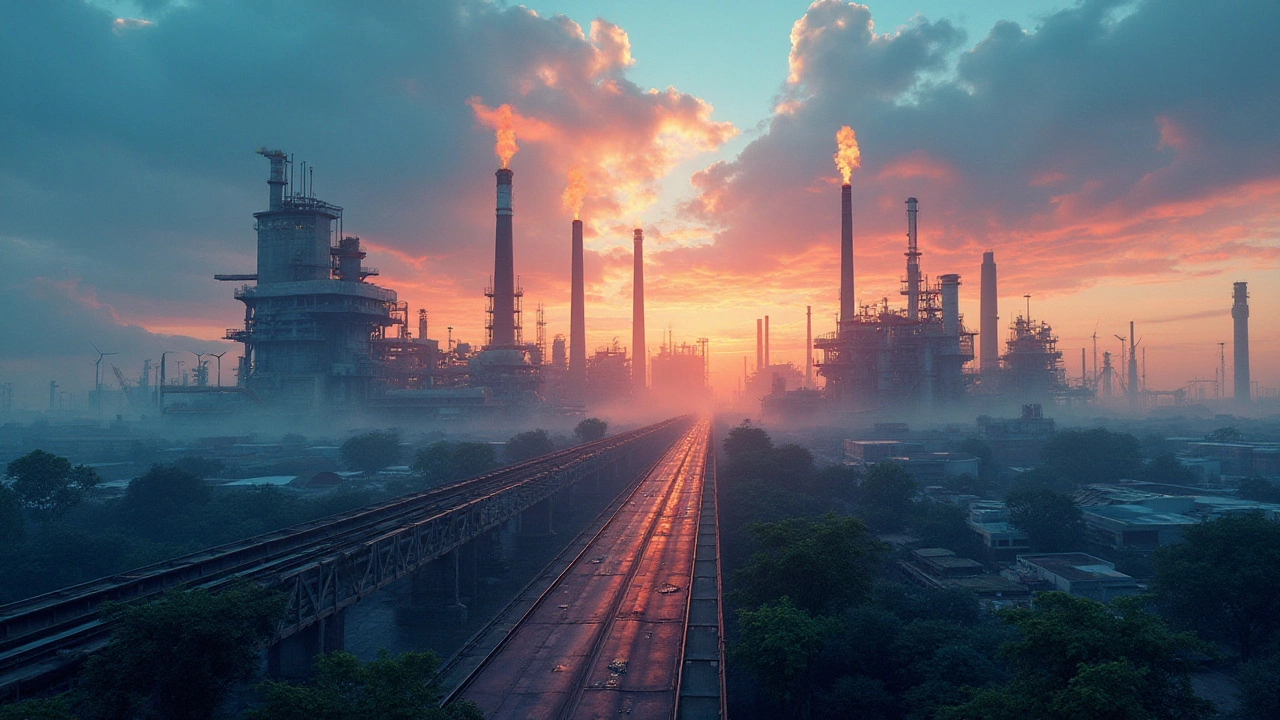Plastic Industry in India: What’s Happening Right Now?
If you’re wondering why the plastic sector keeps popping up in headlines, you’re not alone. From everyday packaging to high‑tech components, plastic touches almost every part of our lives. In India, the industry is growing fast, but it also faces a lot of pressure from environmental concerns, government rules, and shifting consumer habits.
Why the Plastic Market Is Booming
India’s plastic production crossed 20 million tonnes last year, driven by a huge demand for low‑cost packaging, automotive parts, and construction materials. The rise of e‑commerce has especially lifted the need for lightweight, durable boxes and bubbles. At the same time, manufacturers are investing in better extrusion and injection‑molding machines that can churn out more product with less waste.
These upgrades mean higher profit margins for factories that can afford the newer tech. Small‑scale players, however, often stick with older equipment because the upfront cost is steep. That’s why you’ll see a mix of high‑efficiency plants alongside older workshops across the country.
Dealing With Plastic Waste – The Real Challenge
Every tonne of plastic made eventually becomes waste, and India ranks among the top countries for plastic pollution in oceans. The government has responded with a ban on single‑use plastics like bags and cutlery, and it’s pushing a 30% recycled‑content rule for packaging.
For a manufacturer, that means you can’t just dump scraps into a landfill. Many companies now set up on‑site shredders and sell the shredded bits to recyclers. Some forward‑thinking firms partner with recycling startups that turn waste into raw material for new products — a win‑win that cuts raw‑material costs and improves the brand’s image.
Consumers also play a part. A recent survey showed that more than half of Indian shoppers look for “eco‑friendly” labels when buying packaged goods. This shift forces brands to be transparent about their plastic footprints and to adopt biodegradable or compostable alternatives where possible.
Balancing growth with sustainability is the biggest tightrope walk for the industry. Companies that ignore the waste issue risk fines, loss of market share, and a tarnished reputation. Those that invest in recycling infrastructure or explore bio‑based plastics often see a boost in customer loyalty.
In short, the plastic industry in India is at a crossroads. The demand for cheap, versatile material isn’t going away, but the way it’s produced and disposed of is changing fast. If you’re a business owner or a job seeker in this field, keep an eye on three things: technology upgrades, waste‑management regulations, and consumer demand for greener products. Mastering these will help you stay ahead in a market that’s both lucrative and under intense scrutiny.

What State Manufactures the Most Plastic in the U.S.?
Texas produces nearly 30% of all plastic resin in the U.S., thanks to cheap natural gas and massive petrochemical plants. Learn why it leads the nation and how this affects the environment and communities nearby.

How Many Plastic Factories Are There in the US? A Real Look at the Numbers
Curious about how many plastic factories you’ll find in the United States? This article breaks down the real numbers, showing where most plastic products come from. Get interesting facts about what these factories make and the trends shaping the industry. Find tips on spotting reputable manufacturers or starting your own business. Whether you’re in the industry or just interested in American manufacturing, this piece covers what you need to know.

How Many Plastic Companies Are There in the US?
Ever wondered just how many plastic companies are buzzing around in the US? The plastic manufacturing industry is vast and constantly evolving, catering to an endless array of needs from packaging to tech. This article dives into the sheer number of these companies and what they mean for the economy. Explore some interesting facts and useful tips to understand their role and reach across America.

Top Global Plastic Manufacturers: A Look at Leading Companies
In the realm of plastic production, a few global companies dominate the landscape. This article delves into who creates the most plastic worldwide, examining the operations of major players in the industry. Discover the scale of production, their environmental impact, and innovative practices aimed at sustainability. This analysis provides insights into the driving forces behind the manufacturing of plastic products used daily.



